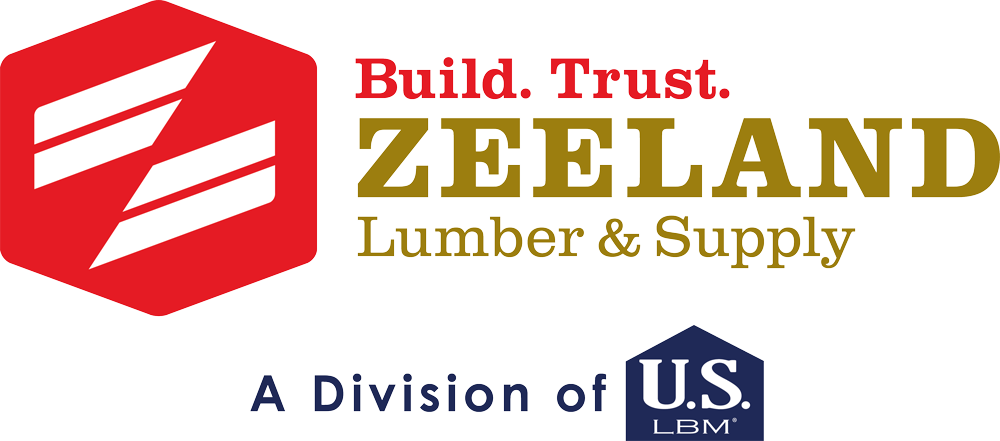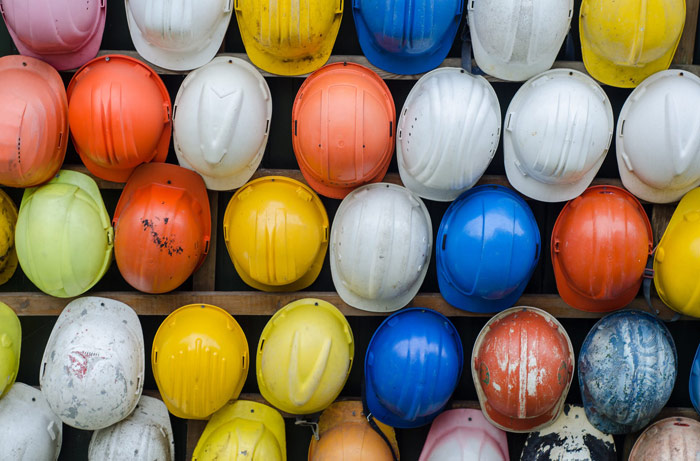The construction industry has long been taking steps to improve safety for the trades. The nature of construction is certainly more dangerous than something like an office job — many trades are outdoors, working with heavy objects and often in precarious environments. For years, legislators and industry leaders have been working to make work environments safer for construction personnel. With new technological improvements and safety measures, the construction industry is becoming safer than ever. Here are a few new advances in construction safety technology that are working to keep workers in the industry safe:
Smart Wearables
Construction wearables are far and away one of the most popular new advances in construction safety technology. We’ve all seen fitness trackers, like the Fitbit and Apple Watch, and now providers are taking that technology and applying it to the construction industry. Smart wearables for construction personnel offer various capabilities, but the technology is most often integrated into watches, safety vests, and hardhats.
Smart wearables work in a variety of ways. They can detect signs of danger, like a lack of movement, or the presence of gas, excessive heat, or other environmental concerns that are dangerous to the worker. When the wearable detects a problem, it sends an automatic alert to co-workers and contractors to help the worker in trouble.
Most smart wearables integrate GPS, physical sensors, wearable computers, and real-time locating systems. Smart clothing and watches work to monitor key vital signs like heart rate, respiration rate, and skin temperature to detect fatigue and monitor worker posture. Smart vests have also been designed with deployable airbags to protect workers in the event of a slip, trip, or fall. Many wearables are solar powered to keep costs down.
Long-term use of smart wearables has been shown to improve overall safety practices and safety behavior with workers. In addition to keeping lone workers safe, the data that the wearables collect offer key insights to preventing even near misses and minor safety incidents.
Safety Mobile Applications
There’s an app for just about everything these days, including construction site safety. Apps like the Stay Safe App enable GPS tracking for employees completing lone work, and feature panic buttons that send alerts in the event of an accident or the need for urgent assistance. Safety apps like these offer an inexpensive alternative to wearables for those construction companies considering investing in wearable technology, and for smaller companies who don’t have the capital to invest in smart wearables yet.
While safety apps can’t protect workers physically, they can help alert co-workers and contractors the minute an incident occurs, shortening response time, and ensuring laborers have safety backups even when they’re working alone or across a job site.
Drones
As drone technology improves and becomes more affordable, we’re seeing their application increase throughout the construction industry. Drones are useful for a number of activities from site surveying and inspecting structures under construction before sending in workers. They can also help keep construction teams safe as they conduct inspections and identify potential hazards before human labor teams enter the site. Finally, drones have an additional capacity to monitor work areas to make sure everyone is working safely.
Site Sensors
Site sensors are a great example of construction safety technology that anyone can use, regardless of company size or site type. They are relatively inexpensive, and they work to keep workers safe while reducing costs and helping predict necessary maintenance before major issues arise.
Site sensors collect data and analyze it to make predictions about the construction site. Specifically, site sensors can identify significant temperature changes, increases in humidity levels, and the presence of dangerous chemicals like carbon monoxide. When an issue is detected, like a sprung leak at a construction site or rising temperatures that could indicate a fire, alerts are sent out to job site managers, foremen, and superintendents.
This useful technology helps predict site issues and alerts your team to problems even in off-hours. Site sensors help you address issues on a job site before they become major problems.
Exoskeletons
Exoskeletons are an emerging technology that is especially useful for the construction industry. In the past, construction laborers have been susceptible to muscle strains and repetitive motion injuries due to the constant lifting of heavy objects and physical labor that the construction site requires. Exoskeletons are helping relieve some of this pressure by correcting worker posture and providing support for the musculoskeletal system.
Some exoskeletons come with power assist, using motors and sensors to help construction personnel lift objects and work more safely, for longer. Unpowered exoskeletons help workers lift and move around on the job site safely by taking unnecessary strain off the body and using counterweights to redistribute heavyweights evenly.
Shifting the Construction Culture to Continuous Improvement
When it comes to construction industry safety, our biggest asset will be implementing a culture of continuous improvement. All of these unique, cutting-edge technologies help keep construction personnel safe, but they don’t mean much if workers don’t feel empowered to use them properly.
It’s up to us to foster a culture of continuous improvement that encourages safe working practices and safe work hours, over “just getting the job done.” By putting a clear focus on safety, and encouraging workers to embrace these safety technologies and safe working practices, we can work to make the construction industry safer than ever.
Safety technology features like the ones highlighted in this article are helping make the construction industry more desirable for current and future generations of talent. At Zeeland Lumber & Supply, we believe that’s one big part of solving the construction labor issue. We’re dedicated to encouraging new professionals to consider construction. If you’re interested in learning more, please get in touch!


